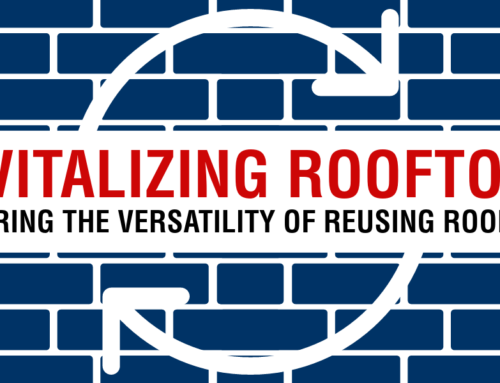Roof flashing is a thin metal sheet, usually galvanized steel, installed on your roof to channel rainwater away from critical areas. Its typically installed wherever the roof surface meets a vertical plane, such a dormer or a wall. It’s also used to surround important roof features like chimneys, skylights, and vents. Flashing prevents water from finding its way into your decking by effectively directing it down to the shingles.
How Flashing Can Be Damaged
Flashing is designed to be tough; however, it can show signs of wear over time. Wind, hail, acid rain, severe heat, and heavy snows cause damage. In coastal neighborhoods, exposure to salt air can also degrade roof flashing. Consider scheduling annual roofing inspections with a professional roofer to thoroughly inspect your flashings. Their expertise can help identify hidden damage and provide recommendations for repairs.
Common Signs of Flashing Damage
- Small holes: Rainwater needs just a little space to seep under your roof shingles. Any tiny holes in flashing can turn into major issues when left unsealed.
- Rust or corrosion: Although roof flashings often have galvanized coatings, they will corrode over time due to debris buildup or salt air. Rusted roof flashing cannot effectively repel water and will need to be either cleaned and sealed or replaced.
- Missing pieces: High winds during storms can cause flashing to loosen and rip off your roof. The absence of a water barrier makes this a high priority repair.
- Bends, cracks, or dents: Any crack or bend can break the galvanized coating on flashing, which compromises the integrity of metal flashing.
- Internal leaks: Internal leaks near windows, skylights, attic, or fireplaces are often a sign of damage to your flashing. Mold or staining on fascia boards may also point to damaged or degraded flashing.
Repairing Roof Flashing
A qualified roofing contractor can easily repair corroded spots or small holes in your flashing by simply plugging pinholes using roofing cement. Holes up to 3/4 inch in diameter can be effectively patched using the same material the flashing is made of. You should, however, note that if the flashing is severely corroded, it will need to be replaced. Although flashing may seem like a simple roofing component to repair through DIY projects, working on any type of roof is considered dangerous and should be left to the experts. Professional roofers at Straight Line Construction have the expertise to safely navigate your roof, identify issues, and make accurate repairs. Contact us today if you suspect roof flashing damage or if you’d like to conduct a roof inspection.












